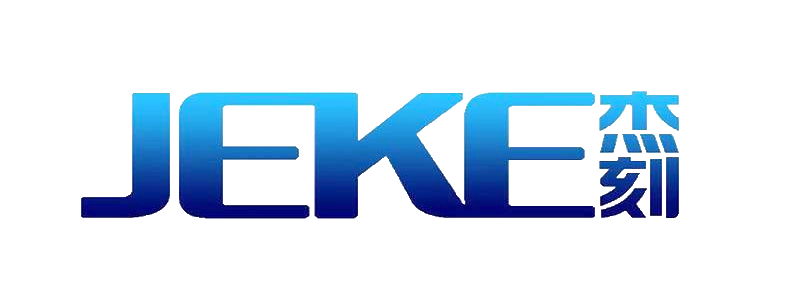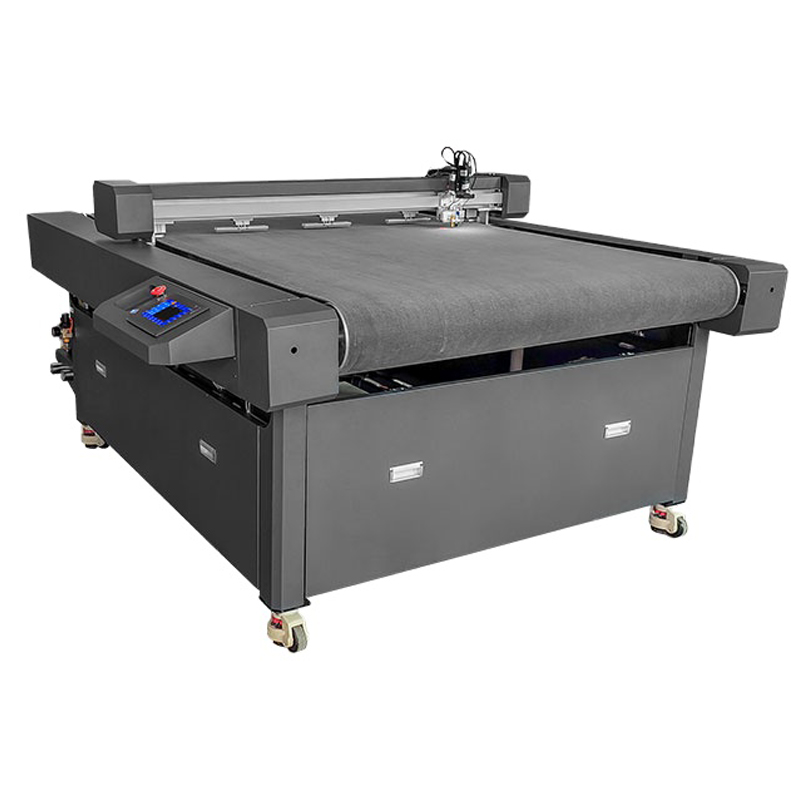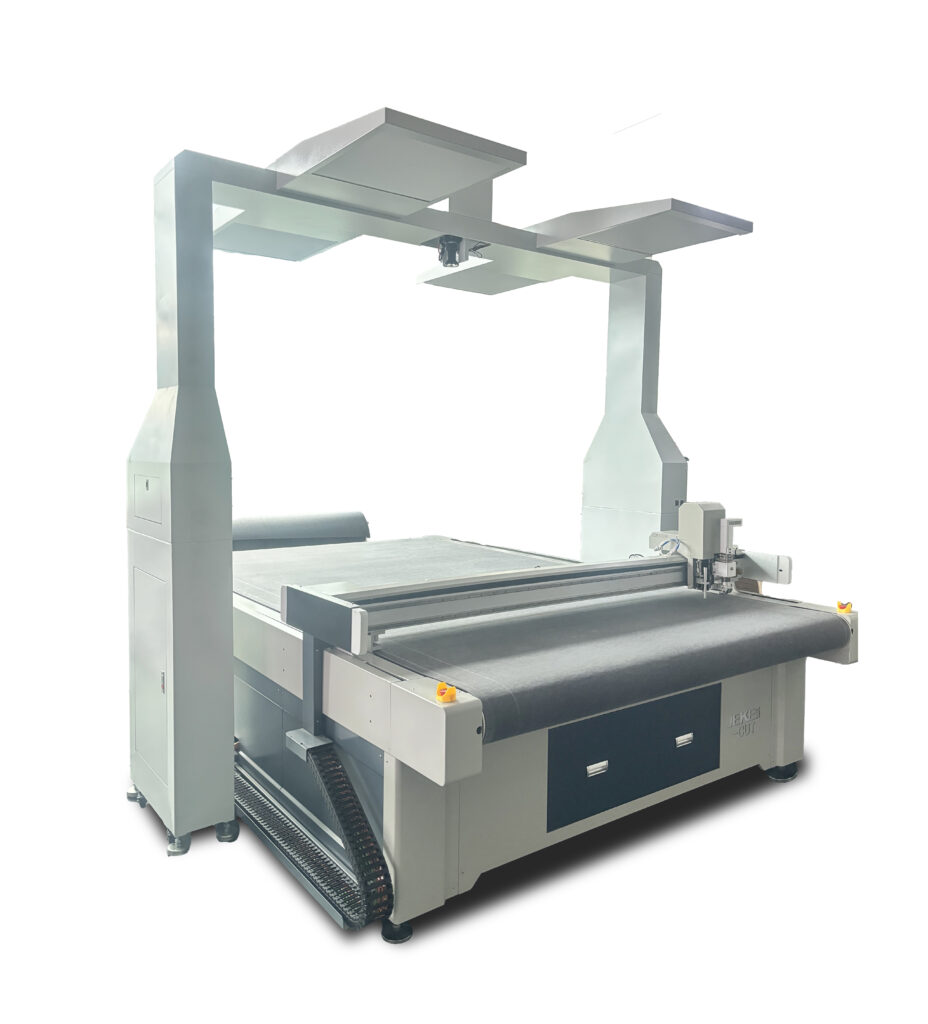In today’s fast-paced manufacturing and design world, precision and efficiency are more important than ever. Whether you are in the fashion, automotive, or packaging industry, a digital cutting machine can significantly improve production speed and accuracy. But what exactly is a digital cutting machine, and how does it work? This article will break down the basics of digital cutting machines, their advantages, and how they are used in various industries.
What Is a Digital Cutting Machine?
A digital cutting machine is an advanced piece of machinery used for precise cutting, engraving, and shaping of various materials. Unlike traditional cutting methods that rely on physical dies or tools, digital cutting machines use computer-controlled systems to guide the cutting process. This allows for higher precision and the ability to cut intricate shapes and designs that would be difficult or impossible to achieve with manual methods.
These machines are equipped with a range of tools such as vibrating knives, rotary blades, and laser cutters depending on the material being processed. They are primarily used to cut soft materials like fabric, leather, vinyl, rubber, and foam, but can also be used for a wide range of other applications like packaging, signage, and even automotive manufacturing.
How Does a Digital Cutting Machine Work?
The operation of a digital cutting machine is relatively simple, but the technology behind it is highly advanced. Here’s an overview of how a typical digital cutting machine works:
- Design Creation: First, a digital design file is created on a computer using design software. Popular file formats for cutting machines include DXF and PLT, which contain vector-based designs that the machine can interpret.
- File Upload: Once the design is ready, the file is uploaded to the cutting machine’s control system. This can be done via USB, network connections, or cloud-based software, depending on the machine.
- Material Setup: The material to be cut (whether fabric, vinyl, cardboard, or another material) is placed on the cutting bed, which is typically equipped with a vacuum system to hold the material in place securely. The machine’s cutting area is adjustable based on the size of the material.
- Cutting Process: The machine’s software reads the design and uses a computerized cutting head to move over the material according to the instructions. The head uses various cutting tools (e.g., knife blades, rotary blades, or lasers) to follow the design paths. For example, a vibrating knife might be used to cut fabrics, while a rotary blade could be used for more rigid materials like rubber.
- Finishing Touches: Some digital cutting machines also feature additional functions like scoring, perforating, and creasing, which are essential for packaging and label cutting. Once the cutting process is complete, the material is ready for assembly or use.
Advantages of Digital Cutting Machines
Digital cutting machines offer a variety of benefits that traditional cutting methods cannot match. Below are some of the key advantages:
1. Precision and Accuracy
- Digital cutting machines can achieve cutting tolerances of 0.1mm or better, making them ideal for industries requiring high precision, such as the fashion and automotive sectors.
2. Versatility
- These machines can cut a wide range of materials, from soft fabrics to rigid plastics and foams. Whether you’re working with leather, vinyl, cardboard, or foam, digital cutting machines can handle it all.
3. Reduced Labor Costs
- Automation reduces the need for manual labor, improving efficiency and allowing businesses to cut down on operating costs. The machines are also equipped with automated feeding systems, which further streamline the production process.
4. No Need for Physical Dies
- Unlike traditional cutting methods, which often require expensive and time-consuming die-making processes, digital cutting machines eliminate the need for physical dies, which results in cost savings and faster turnarounds.
5. Customization and Flexibility
- The ability to easily change designs and create customized cuts on demand makes digital cutting machines ideal for businesses that require flexibility. From custom labels and packaging to unique fabric designs, digital cutting allows for a level of personalization not possible with traditional methods.
6. Speed
- Digital cutting machines operate much faster than manual cutting methods. With high-speed motors and optimized cutting paths, these machines can significantly reduce production times.
Applications of Digital Cutting Machines
Digital cutting machines are used in a wide variety of industries. Below are some of the most common applications:
- Apparel and Fashion:
- In the fashion industry, digital cutting machines are used to cut fabrics, leathers, and other textiles for garments, accessories, and home furnishings. The precision of digital cutting ensures that patterns are cut perfectly every time.
- Packaging:
- Digital cutting machines are widely used for creating custom packaging. From die-cutting cardboard boxes to creating packaging prototypes, digital cutting technology is transforming the packaging industry.
- Signage and Graphics:
- Digital cutting machines are ideal for creating intricate signage and graphic designs. They can cut materials like vinyl, acrylic, and foam board for indoor and outdoor signs.
- Automotive and Aerospace:
- In industries like automotive and aerospace, digital cutting machines are used to cut composite materials, rubber seals, and foam cushioning, which require high levels of precision.
- Crafts and Hobbyists:
- For smaller-scale applications, digital cutting machines are also popular with crafters and small businesses. They are used to cut vinyl decals, scrapbook designs, and custom gifts.
Frequently Asked Questions (FAQ)
1. What materials can a digital cutting machine cut?
- Digital cutting machines can cut a variety of materials, including fabrics, leathers, vinyl, cardboard, foam, rubber, and plastics.
2. How precise is a digital cutting machine?
- Digital cutting machines are highly precise, with cutting tolerances of 0.1mm or better.
3. Can a digital cutting machine cut complex designs?
- Yes, digital cutting machines are designed to cut complex and intricate patterns, which would be difficult or impossible to achieve with traditional methods.
4. Is training required to operate a digital cutting machine?
- Basic training is typically required, but many digital cutting machines come with user-friendly software and intuitive interfaces, making them relatively easy to operate.
5. How long does a digital cutting machine last?
- With proper maintenance, digital cutting machines can last for several years. Regular maintenance and using quality materials can extend the machine’s lifespan.
Conclusion
Digital cutting machines are changing the landscape of many industries by providing speed, precision, and flexibility in cutting a wide variety of materials. From fashion and packaging to automotive and signage, these machines offer solutions for businesses of all sizes. Whether you are looking to improve efficiency, reduce costs, or increase product customization, investing in a digital cutting machine can transform your operations and help you stay competitive in today’s fast-moving market.
If you’re interested in learning more about digital cutting machines, contact us at [Your Company Name] for expert advice and solutions tailored to your business needs.




